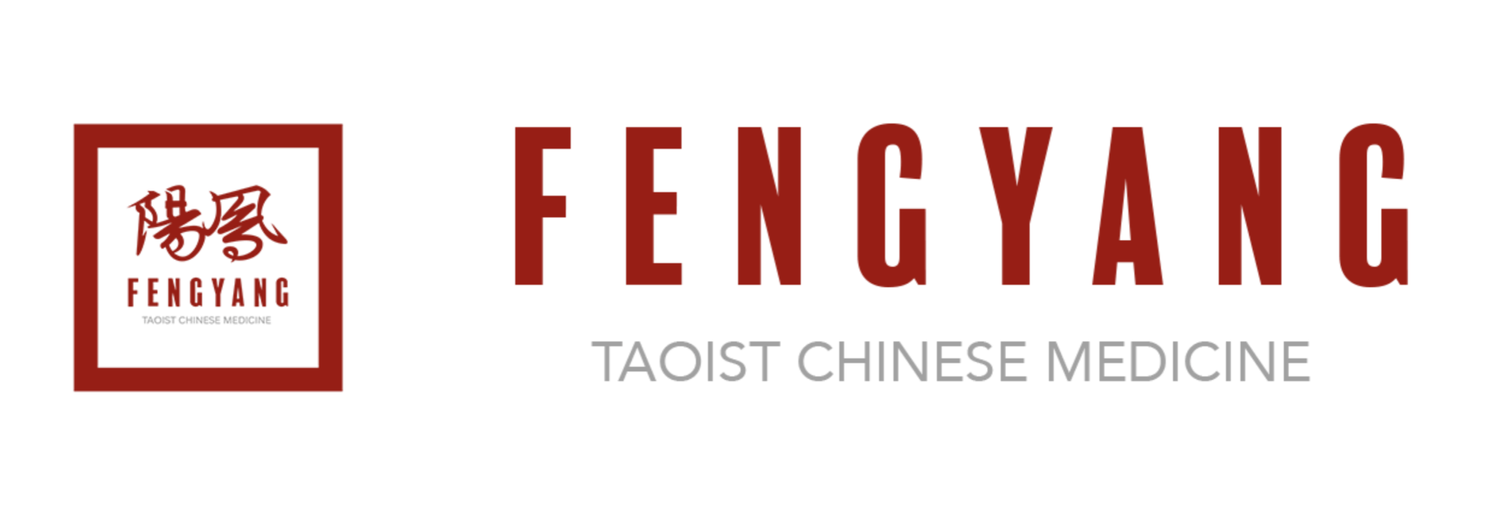Understanding the Five Movements and Six Qi (五運六氣 Wu Yun Liu Qi)
As we move through the rhythms of life, it’s essential to remember that everything—both in nature and within ourselves—is always in motion. The key to maintaining balance lies in aligning ourselves with these natural cycles. In Traditional Chinese Medicine (TCM), this concept is deeply understood through the Five Movements and Six Qi theory, which connects the seasonal energies to the body, emotions, and environment.
The calendrical system of Wuyun Liuqi, the “five [heavenly] influences and six resonant climates” is a map of yearly seasons and climates based in two overlapping cycles. The first of these cycles, the Wuyun 五運, breaks the year up into five equal periods of 73 days.
The Five Movements represent the five elements (Wood, Fire, Earth, Metal, and Water), each of which is associated with specific organs, emotions, and stages of the year. The Six Qi refer to the seasonal energies—Wind, Heat, Dampness, Dryness, Cold, and Summer Heat—that influence our health and well-being. Together, these forces provide a framework for understanding how to live harmoniously with the seasons.
Spring: The Season of Wood Energy
We are currently in Spring, a time dominated by Wood energy. Wood is associated with the Liver and Gallbladder in TCM and symbolizes growth, expansion, and creativity. During Spring, this energy rises, encouraging new beginnings and a sense of rejuvenation. It’s a time to harness the vitality of this season and direct it toward personal and creative growth.
However, as with all energies, when Wood is out of balance, it can lead to irritability, frustration, or a sense of being “stuck.” To maintain harmony during this season, it’s essential to keep the Wood element flowing smoothly—both physically and emotionally.
Spring’s Qi: Wind and Dampness
The Six Qi energies most active during Spring are Wind and Dampness. Wind stirs change and movement in both the external world and within our bodies. While Wind promotes growth, it can also lead to restlessness, allergies, or imbalances in our internal systems. Dampness, on the other hand, can create stagnation and heaviness, which may manifest as fatigue, digestive discomfort, or emotional cloudiness.
Recommendations for Spring Balance
1. Support the Liver and Gallbladder: The Liver, as the organ associated with Wood, benefits from regular movement. This helps to promote the free flow of energy and prevent stagnation.
Physical Activity: Engage in activities that promote flexibility and flow, such as yoga, tai chi, or light aerobic exercise. This helps to keep the energy moving and prevent the build-up of tension, particularly in the shoulders, neck, and back.
Herbal Support: Consider incorporating herbs that support liver health, such as dandelion root, milk thistle, and schisandra berries. These can help detoxify and strengthen the Liver, ensuring its energy flows freely. Dr. Wu recommends making a juice containing 8 ounces each of: dandelion, carrot and celery juice, to be consumed once a day for 3 days. This juice alone has prevented the need for gallbladder removal in some of his patients!
2. Balance Wind and Dampness: With Spring’s strong Wind energy, it’s important to protect against excess exposure, which can lead to colds, allergies, or skin irritations. Dampness also tends to increase during this time, potentially leading to digestive issues or a sense of heaviness.
Dietary Adjustments: Emphasize light, warm, and cooked foods to counteract the Dampness. Stews, soups, and roasted vegetables are excellent choices. Limit the intake of cold, raw foods, as they can exacerbate Dampness.
Herbal Teas: Herbal teas such as ginger, peppermint, or chamomile can help to alleviate Wind and Dampness. Ginger, in particular, is warming and helps to clear excess moisture from the body.
Protection from Wind: When possible, avoid prolonged exposure to windy environments, especially on cool days. Cover the neck and shoulders to prevent Wind from entering the body.
3. Embrace Emotional Harmony: Wood energy governs the emotions of anger and frustration. During Spring, it’s important to be mindful of these feelings, as they can manifest if the Liver energy becomes blocked.
Mindful Practices: Regular meditation, breathing exercises, or journaling can help release pent-up emotions and keep you grounded. Focus on cultivating patience and self-compassion, especially if you feel the urge to push forward too quickly.
Aromatherapy: Essential oils such as lavender, chamomile, or lemon balm can help soothe emotional tension and support emotional clarity during this time.
4. Stay Grounded and Energized: With the rising energy of Spring, it’s easy to feel both inspired and scattered. Maintaining a balance between active engagement and rest is crucial.
Restorative Sleep: Prioritize good sleep hygiene to ensure you are well-rested. Aim for consistent sleep schedules to allow the body to recharge and align with the natural rhythms of the season.
Gentle Movement: Incorporate gentle stretching or walking into your daily routine. This helps to clear stagnant energy while allowing your body to adjust to the changing season.
Qing Kai Ling Herbal Formula for Liver Cleanse 2025
Dr. Wu recommends this formula to be taken as a supportive measure this Springtime.
Ingredients:
Qing Kai Ling
Chuan Xin Lian
Ban Lan Gen
Jin Yin Hua
Lian Qiao
Zhu Dan
Zhen Zhu Mu
Shui Niu Jiao
Cane Sugar
Menthol
Spring invites us to shed the old and embrace the new. By aligning with the energies of Wood and the Six Qi, we can cultivate harmony within ourselves, allowing for growth, creativity, and emotional balance. Pay attention to the natural flow of energy around you, and make conscious choices that nourish both your physical and emotional well-being. We hope you have a beautiful Spring!
Disclaimer: All above articles are for reference only. If patients are interested, please consult a professional practitioner Traditional Chinese Medicine for a consultation.


